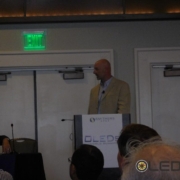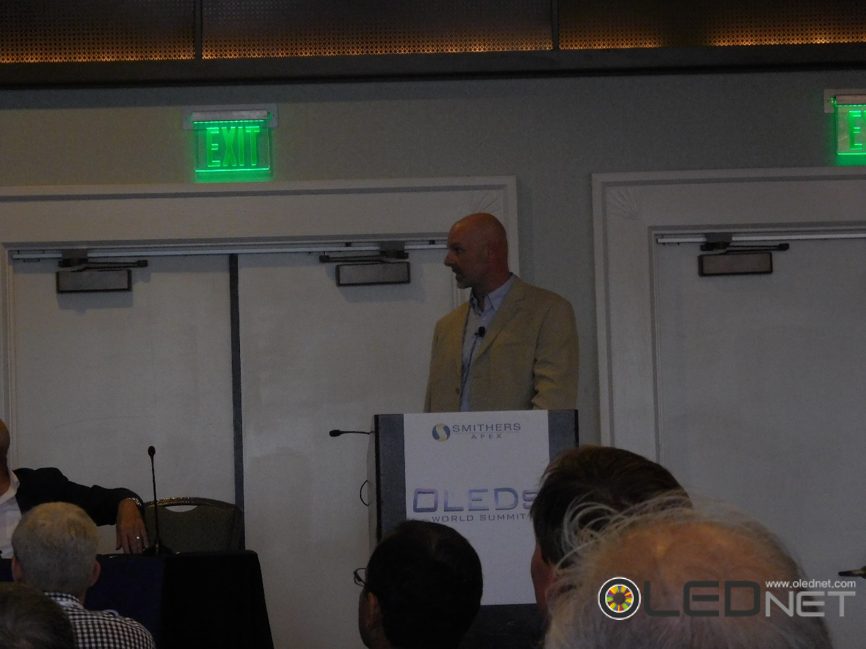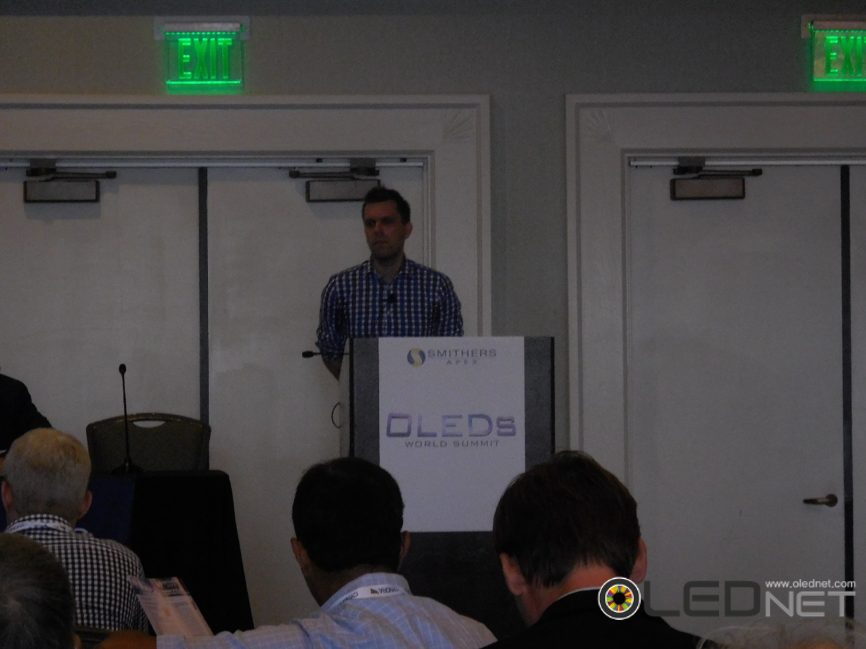LG Electronics, watching bigger and clearer on ‘OLED FullVision’

<Source: LG Electronics>
LG Electronics will have a strategic premium smartphone equipped with OLED in the 2nd half this year.
LG Electronics will apply OLED FullVision, an 18: 9 aspect-ratio OLED display completely filling the entire screen panel to a strategic premium smartphone in the 2nd half. The size of the display is 6inch wide- larger than 5.7 inches of the previous model LG V20, but the size of the product is rather smaller by reducing the size of the bezel.
Based on the display technology obtained from LG OLED TV, which has been recognized as the world’s best premium TV, LG Electronics plans to provide a different level of visual experience of smartphone; “With OLED technology which has been accumulated over the years, we have completed the differentiated high-class design of the subsequent strategic premium smartphone.”
In the LG Electronics’ strategic premium smartphone, the “bezel bending” technology has been embedded in, which makes the circuit and insulating layers at the bottom of the panel bent backwards and the lower bezel reduced by about 50% compared to the previous model V20. Toughened glass on the outer layer of display is curved all around edge and is smoothened along the contour line of the backside to emphasize a sense of unity on the design,
OLED FullVision has a QHD + (1,440×2,880) resolution and an optimized screen quality algorithm equipped with a color gamut of 148% based on sRGB, default color space for photography and internet, and 109% based on digital cinema color standard DCI-P3.
LG Electronics stated that OLED FullVision should present a deep and vibrant screen with excellent contrast ratio and fast response time will provide a full-fledged screen without afterimages for fast-moving video or games.
LG Electronics also said, “The durability of the display has been upgraded as well, considering the portability of smartphone. OLED Full Vision is stronger than glass substrate displays because it is based on P-OLEDs with pixels placed on plastic substrates,”; “Cutting edge technologies are embedded in such as Corning®’s latest tempered glass ‘Gorilla® Glass 5’ and shatter-resistant technology that prevents the glass powder from scattering when the glass breaks. ” LG added.
Additionally LG Electronics said, “We have applied hardware and software technology to enhance durability. Also encapsulation technology that minimizes oxidation by covering the pixels with a protective film to prevent air contact, and pixel scanning program that identifies heavily used pixels and reduces their power consumption. OLED technology has minimized the burn-in phenomenon that can occur on the display. ”
Joon-ho Cho, president of LG’s MC business director emphasized, “We will provide a high end smartphone with a different level of design and screen quality, integrating the world’s best display technologies proven by LG OLED TV.




